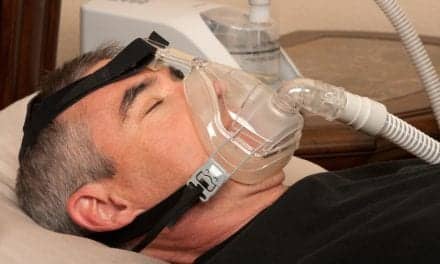A study conducted by the National Institutes of Health (NIH) finds that expanded use of active surveillance for bacteria and of barrier precautions—specifically, gloves and gowns—did not reduce the transmission of two important antibiotic-resistant bacteria in hospital-based settings. In addition, incomplete compliance by health care providers with recommended hand hygiene procedures and the use of gloves and gowns, along with time lags in confirming the presence of bacteria in patients, may have contributed to the findings of the prospective, randomized clinical trial conducted in 18 intensive care units (ICU) in the United States.
The findings of the clinical trial, named Strategies to Reduce Transmission of Antimicrobial Resistant Bacteria in Intensive Care Units (STAR*ICU), have been published in the New England Journal of Medicine.
The researchers examined whether actively screening patients for Methicillin-resistant Staphylococcus aureaus (MRSA) and vancomycin-resistant enterococcus (VRE) bacteria—major causes of difficult-to-treat, hospital-based infections—and employing greater use of barrier precautions along with hand hygiene among health care workers could reduce bacteria transmission in comparison with existing ICU practices.
Active screening of culture samples identified patients not previously known to carry MRSA or VRE bacteria; however, there was no difference in the frequency of new bacteria or infection events between those patients who received care according to the expanded interventions and those in the control group who did not. Trained monitors observed that health care professionals in both the control and intervention groups practiced proper hand hygiene and used gloves and gowns less often than required.
The study’s authors conclude that to substantially decrease the transmission of MRSA and VRE bacteria in health care settings, improved compliance with isolation precautions, recommended in some cases, may need to be coupled with interventions to reduce the presence of the bacteria on body sites and decrease environmental contamination.
Meanwhile, a study conducted in ICUs at Veteran’s Affairs hospitals throughout the country found that the rate of MRSA declined significantly following implementation of bundle of interventions aimed at improving surveillance and changing behavior. The “bundle” included universal nasal surveillance for MRSA, contact precautions for patients colonized or infected with MRSA, hand hygiene, and a change in institutional culture making infection control the responsibility of everyone who had contact with patients.
The VA study, also published in the New England Journal of Medicine, found that while the rates of health care-associated MRSA infections in ICUs had not changed in the 2 years before the bundle was implemented, they declined from 1.64 infections per 1,000 patient-days in October 2007 to 0.62 per 1,000 patient-days in June 2010—a 62% decrease (p<0.001 for trend). For the same period, the rates of health care-associated MRSA infections in non-ICUs fell from 0.47 per 1,000 patient-days to 0.26 per 1,000 patient-days, a decrease of 45% (p<0.001 for trend).
The authors of the VA study concluded that a program of universal surveillance, contact precautions, hand hygiene, and a change in institutional culture were effective in decreasing health care-associated transmissions of and infections with MRSA in a large health care system.
Source: National Institutes of Health; New England Journal of Medicine









